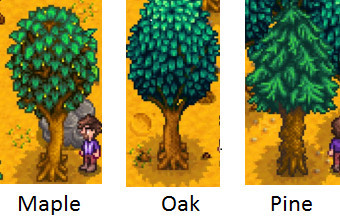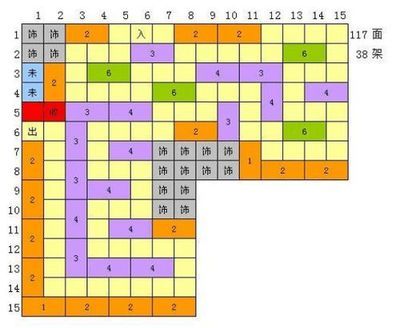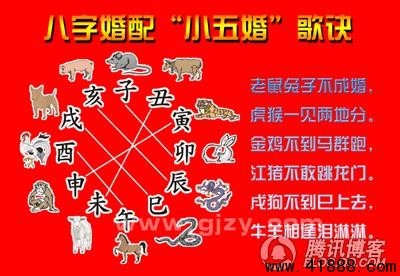逛超市,因為好奇而買了這包墨西哥薄餅---
也很高興開始認識了這些自古就養活各地人們的榖物:
(1)AmaranthSeeds
Hilary Kass flips an amaranth grainflat bread on her griddle
at the Casbah Market. Kass uses grainslike
amaranth, quinoa, millet and teff tocreate gluten-free products
under the label "AncientGrains."(http://www2.ljworld.com/photos/2009/dec/30/)
『穀粒莧』在八千年前就已開始人工栽培了。它曾經是南美印加族 (Incas)及阿兹特克人 (Aztecs)重要的穀類糧食。阿兹特克人以及住在墨西哥的美洲紅人 (Amerindian)也用它來準備敬神用的飲料和食物。目前南美洲人把它爆成米花 (Popcorn),而後加上蜂蜜或糖蜜,做成甜點叫做 “alegria”,西班牙文意為『快樂』 (Happiness) 的意思。它容易準備,營養豐富,且極可口。美國也於 1970年代開始種植『穀粒莧』,數千英畝農地所產的『穀粒莧』,大都供應給健康食品店。
農業較常栽培的『穀粒莧』包括繁穗莧 (A.cruentus)、籽粒莧或千穗莧 ( Prince’s feather,學名A. hypochondriacus)、及紅莧菜、老鎗殼、尾穗莧 (Love-Lies-Bleeding,學名A. caudatus) 等等。就和蕎麥 (Buckwheat,學名 Fagopyrum esculentum) 和藜麥、灰米、或印地安麥 (Quinoa,學名Chenopodiumquinoa) 一般,穀粒莧除了富含極其完整的植物蛋白質,它們也是膳食纖維 (Dietaryfiber),及膳食礦物質 (Dietary minerals),比如鐵質 (Fe)、鎂 (Mg)、磷 (P)、銅 (Cu)、及錳 (Mn) 等的好來源。穀粒莧的種子和種子油,對由於高血壓而引起的過度緊張 (Hypertension),及冠狀動脈疾病 (Cadiovascular disease,就是心臟的冠狀動脈硬化而造成的疾病) 有益。經常食用穀粒莧的種子和種子油,也可降低血壓和膽固醇,並改進體內抗氧化狀態 (Antioxidantstatus) 和免疫指標 (Immune parameters)。
(黃慶三 2007-09-14)
Amaranth seeds are tan orlight brown in color and are about
thesize of poppy seeds. Not a true cereal grain, Amaranth issometimes
called a ‘pseudo-grain’ and has been referred to as aherb or even a vegetable.
Thereare 60 species of Amaranth on the planet. With it’s owngenus
classification, Amaranthus, Amaranth is a relative of thecommon pigweed.
Someof these species of Amaranth are grown for their spinach-likeleaves
whichare eaten as a salad while other species are grown only forornamental
ordecorative purposes. And lastly, still other species produce thetiny seeds
thatare so nutritious. Sold mostly in health food stores, Amaranth isan
extremely nutritious grain that is just becoming known inNorth America.
Amaranth has a long and interesting history in Mexico where it'sbeen grown and h
arvested for thousands of years by the Mayan and Incancivilizations. The Aztecs believed
Amaranth had magical properties that would give themamazing strength. Because of this,
itbecame one of the main foods of the Aztecroyalty.
Amaranth is a broadleaf plant that could be mistaken forsoybeans early
in the growing season by someone driving past a field.Late in the season,
however, there is no mistaking this striking, tall cropwhich develops brilliantly
colored grain heads producing thousands of tiny seeds.Amaranth was a
major food of the Aztecs and earlier American cultures,having been
domesticated thousands of years ago.
After the arrival of the Spanish Conquistadors in Mexicoin the early 1500s,
amaranth almost disappeared in the Americas as a cropuntil research began
on it in the U.S. in the 1970s. In the meantime, amaranthhad spread around the world, and became established for food use ofthe grain or leaves in places such
as Africa, India and Nepal. In the past two decades,amaranth has begun to be
grown by a much larger number of farmers around theworld, in China,
Russia, parts of eastern Europe, South America and isreemerging as a
crop inMexico.
The attraction of the crop to both earlier civilizationsand modern consumers
is the highly nutritious, golden seed.Amaranth seeds are unusually high in
protein for a non-legume, runningaround 14 to 16% protein. Even better,
the protein is well balanced in amino acids, and is highin lysine,
an amino acid most grains are deficient in (legumes alsohave high lysine).
Amaranth was grown as a grain crop in the U.S. in thelate 1970s.
Although grown on only a few thousand acres each year, itis a common
food item in the health food section of grocery stores.The relatively high
price of amaranth, while good for farmers, is a factorlimiting the extent of
its current use in the food marketplace. Still, thevaluable characteristics of
amaranth grain, combined with its adaptation to a widerange of growing
areas, make it a very promising crop for thefuture.

Kiwicha, as amaranth is known today in theAndes, was one of thestaple
foodstuffs of theIncas. Known to the Aztecs as huautli, it is thoughtto
have represented up to 80% oftheir caloric consumption before the conquest.
Another important use of amaranththroughout Mesoamerica was to prepare
ritual drinks and foods. To thisday, amaranth grains are toasted much like
popcorn and mixed with honey, molasses or chocolate to make a treat
called alegría, meaning"joy" in Spanish. DiegoDuran described the festivities for Huitzilopochtli, a blue hummingbird god. (Real hummingbirds feedon amaranth
flowers.) The Aztec monthof Panquetzaliztli (7 December to 26 December) was dedicated toHuitzilopochtli. People decorated their homes and trees with paperflags;
there were ritual races,processions, dances, songs, prayers, and finally humansacrifices.
This was one of the moreimportant Aztec festivals, and the people preparedfor
the whole month. They fasted orate very little; a statue of the god was made outof
amaranth (huautli) seedsand honey, and at the end of the month, it was cutinto
small pieces so everybody couldeat a little piece of the god. After the Spanish conquest,cultivation of amaranth was outlawed, while some of the festivitieswere subsumed
into theChristmas celebration.
 爱华网
爱华网



